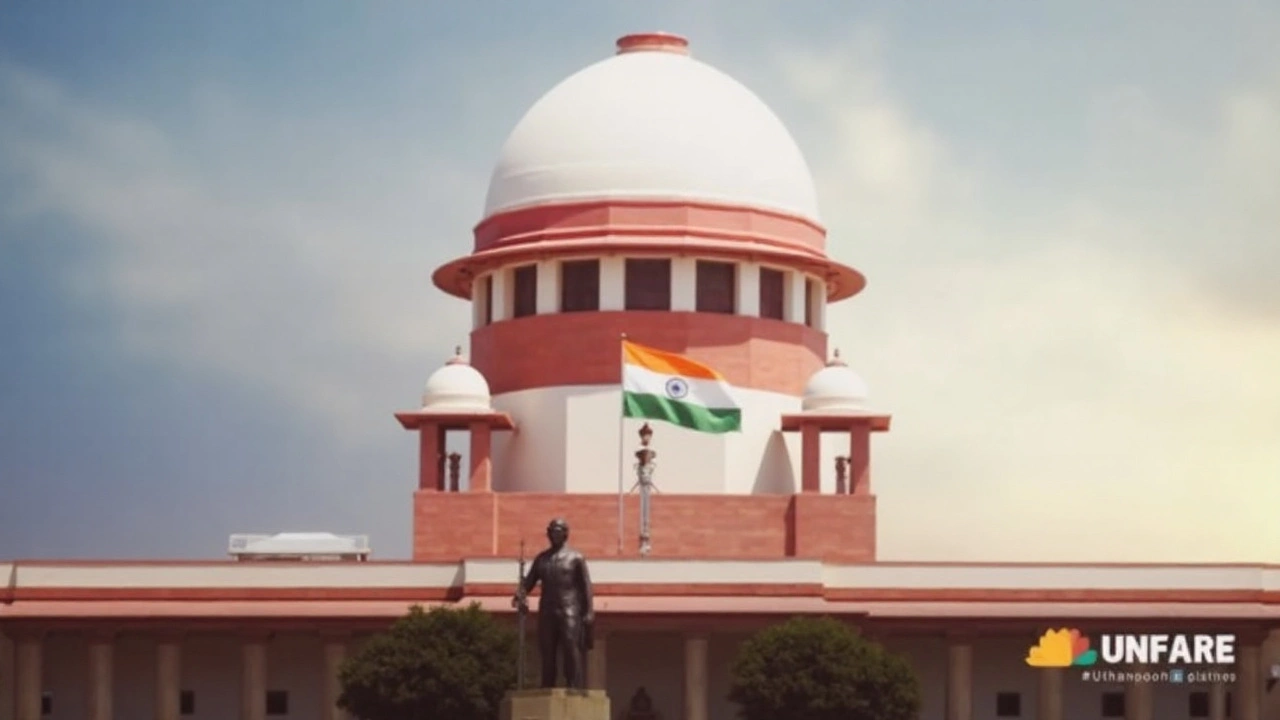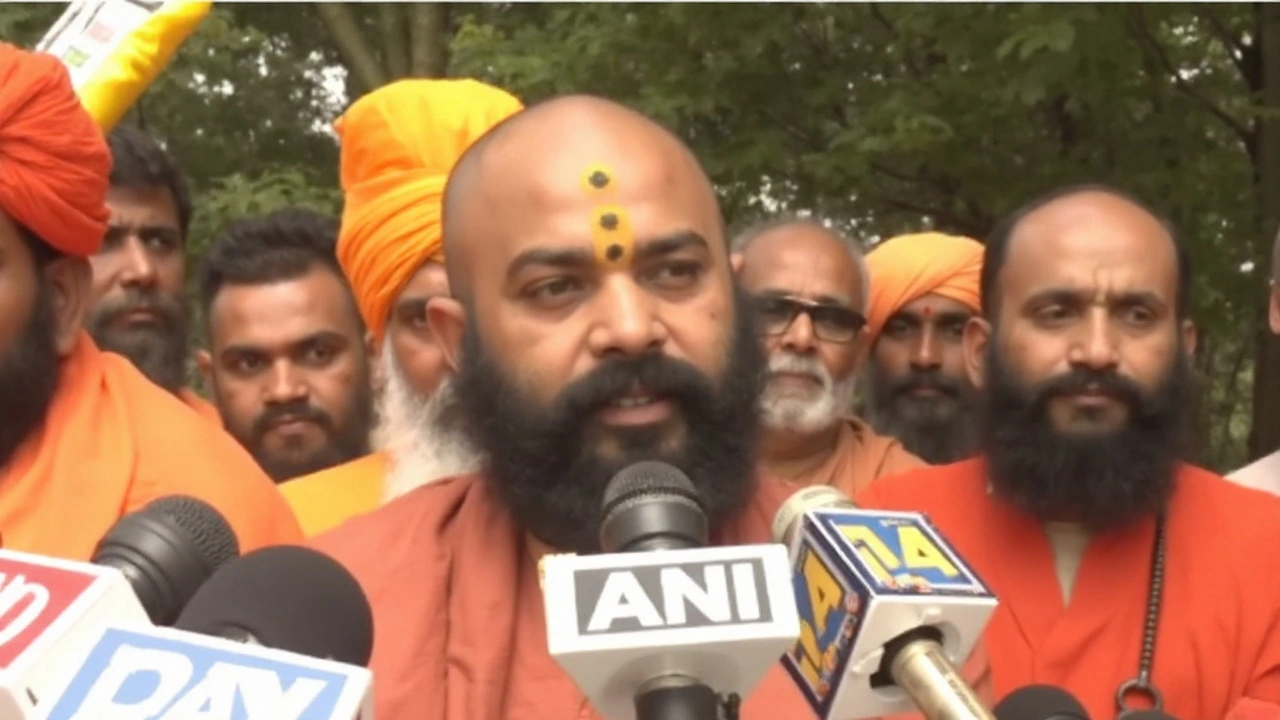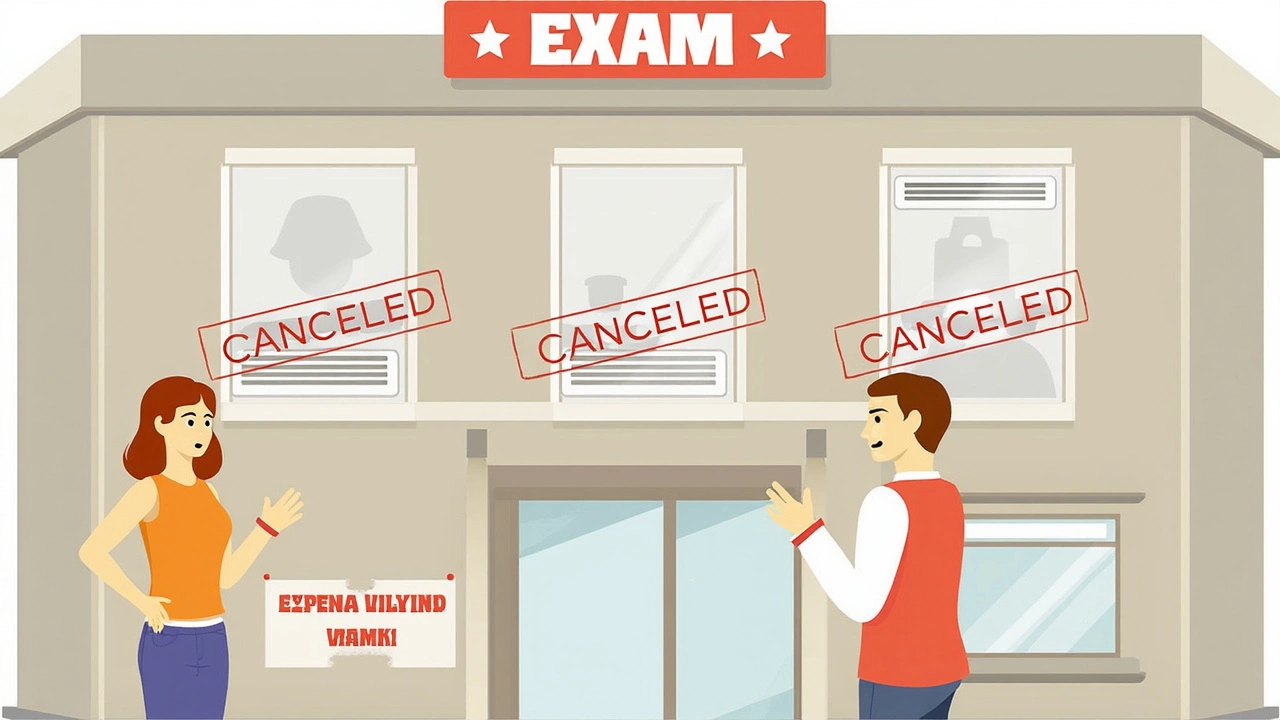Supreme Court to Review Jammu and Kashmir Statehood Plea: Timeline Sought Six Years After Article 370 Removal

Supreme Court Faces Pressure Over Delayed Statehood for Jammu and Kashmir
The debate over the political future of Jammu and Kashmir is back in the spotlight. On August 8, the Supreme Court will tackle a petition demanding a clear roadmap for restoring the region’s statehood—a status abruptly stripped away in 2019 with the removal of Article 370. For people in the valley and beyond, it’s not just about legal technicalities. The case ties directly to their sense of identity and the autonomy they lost nearly six years ago.
Zahoor Ahmed Bhat and a co-petitioner want something simple: an official timeline for statehood’s return. Their application points to what many in Jammu and Kashmir see as a dragging process, especially after the highest court’s December 2023 decree that statehood should come back "at the earliest and as soon as possible." Yet, months have passed, and there is still no date on the calendar.
The Supreme Court bench—this time led by Chief Justice BR Gavai and Justice Vinod Chandran—will need to untangle not just the legal knot, but also the frustration brewing on the ground. When the region lost its special constitutional status, sweeping changes followed: Jammu and Kashmir got split in two, with Ladakh carved out separately. The sudden shakeup put Jammu and Kashmir under direct federal control, pushing aside its former semi-autonomous powers and legislative assembly.

Long Shadow of 2019: What’s at Stake for the Region?
Let’s rewind to those dramatic days in August 2019. The government’s move to revoke Article 370 and split the state went down like a bombshell. It wasn’t just a political switch—overnight, the region saw mass arrests, constant patrols, shuttered shops, and months of digital silence as phone networks and the Internet were snapped. Tensions remain high today, with local leaders repeatedly calling out what they see as a betrayal and a continued erosion of rights and representation.
During the initial court battles, the Union Government—through Solicitor General Tushar Mehta—was clear on one point: statehood would eventually be restored, but Ladakh would stay separate. That assurance tempers anger only up to a point. For people in the region, postponed timelines and vague promises do little to heal old wounds or erase anxieties over their future.
The case also marks a key moment in the broader saga of Jammu and Kashmir’s political destiny. On paper, the Supreme Court’s 2023 ruling backed the government’s reorganization plan, but it also tried to soften the blow by telling leaders not to delay the return of statehood. Now, as the issue comes up again—on the sixth anniversary of federal rule—the stakes are just as high. Petitioners argue that the constitutional rights of millions remain in limbo, and the lack of clarity only increases distrust toward New Delhi and the justice system.
For many watching, what the justices say this time around could finally set the course for Jammu and Kashmir’s return to self-governance—or spark yet another round of uncertainty, protest, and litigating over what comes next.

